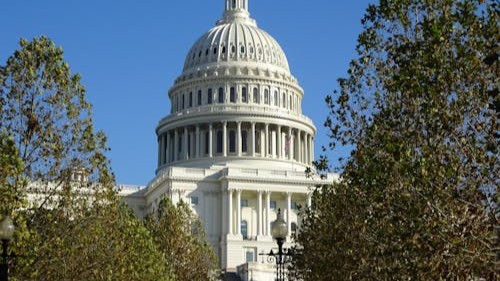
The H-1B visa program, a crucial pathway for skilled foreign professionals to work in the United States, has long been a subject of intense debate and policy shifts. During the Trump administration, changes to H-1B regulations frequently sparked discussions, with one particular policy offering a "mixed blessing" for Indian information technology (IT) companies and professionals. A report by the Global Trade Research Initiative (GTRI) specifically highlighted how certain fee reliefs significantly eased the financial burden on Indian firms, even while acknowledging broader challenges.
At the heart of this positive development was the Trump administration's decision to discontinue an additional H-1B filing fee of $4,500. This particular charge had previously added a substantial financial strain on companies sponsoring H-1B visas, especially those primarily employing foreign workers.
For Indian IT firms, which are major users of the H-1B program to send their talented professionals to the US, this elimination translated into considerable savings. The GTRI report lauded this move, recognizing it as a direct relief that made the visa application process more financially viable for many companies. The reduction in this specific "H-1B fee" was seen as a significant win, curtailing operational costs and potentially allowing for more H-1B applications to be filed.
However, as the GTRI report subtly warned, this relief came with a “catch” — a broader context of increased scrutiny and restrictive immigration policies. While the “financial burden gone” aspect of the $4,500 fee removal was undeniable, the Trump era was also characterized by tightened approval processes, higher denial rates, and increased requests for evidence (RFEs) for H-1B petitions.
These overarching challenges often led to uncertainties, delays, and additional administrative overhead for companies and individuals alike, counteracting some of the benefits of the fee reduction.
Essentially, the H-1B landscape under Trump presented a paradox: a specific financial concession that benefited Indian IT, juxtaposed with a generally more challenging environment for securing and maintaining these vital work visas. The GTRI’s analysis therefore offered a nuanced perspective, celebrating the tangible cost savings while cautioning stakeholders about the enduring complexities within the US immigration system.
For Indian professionals seeking opportunities in the US tech sector and the companies that employ them, understanding these past policy nuances is crucial. The H-1B visa remains a cornerstone of US-India economic ties, driving innovation and fostering cross-cultural talent exchange. Future policy discussions will undoubtedly continue to weigh the economic benefits of skilled immigration against domestic labor concerns — making comprehensive analyses like GTRI’s vital for navigating the road ahead.